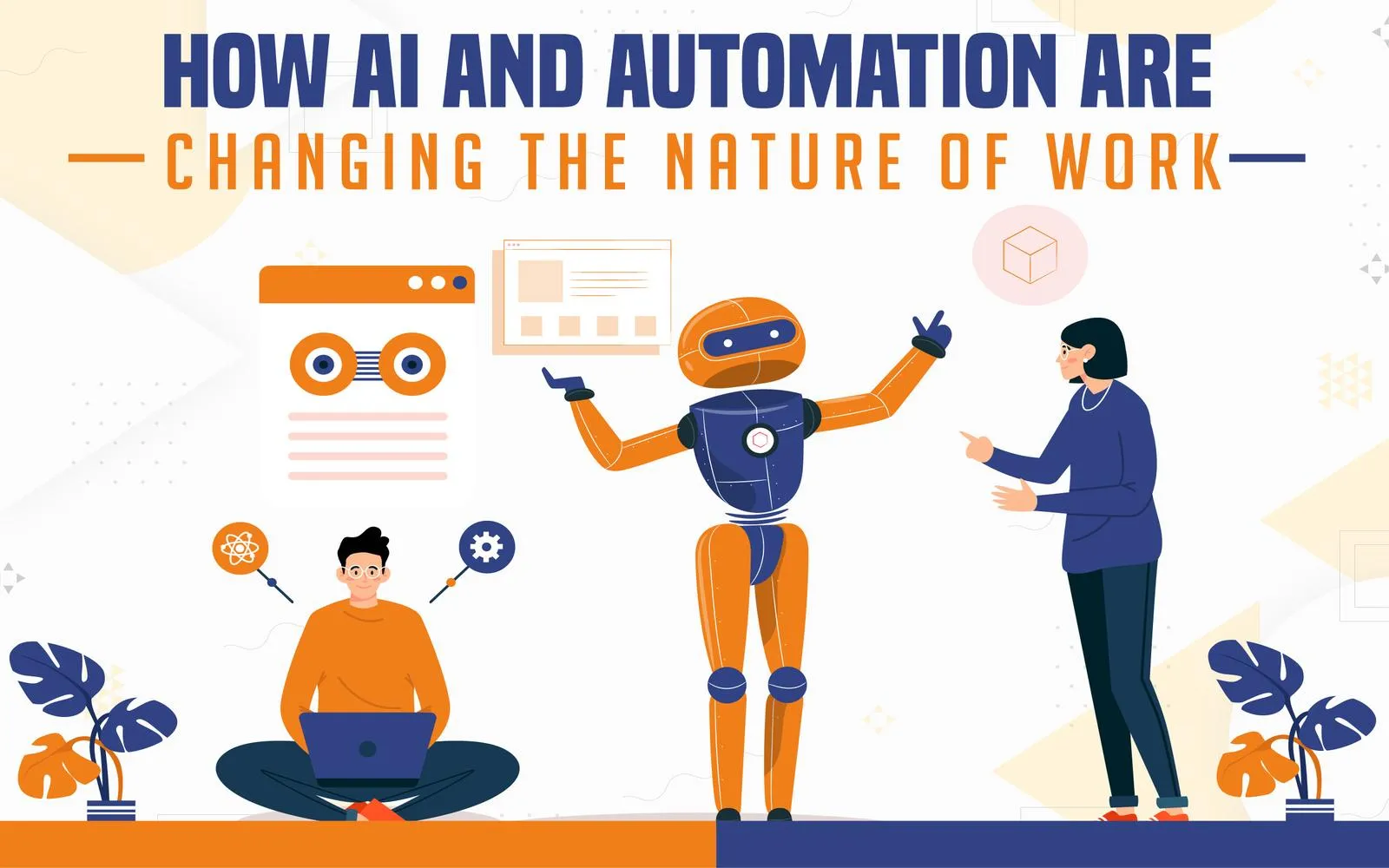The convergence of ''AI'' (Artificial Intelligence) and ''automation'' represents a significant shift in the way organizations operate. By leveraging these two powerful technologies, businesses can streamline their processes, enhance productivity, and improve overall efficiency. In this article, we will explore how the pairing of AI with automation is set to revolutionize the workplace and transform the way we work.
Understanding AI and Automation
Before diving into the impact of their combination, it’s essential to define ''AI'' and ''automation''. AI refers to the simulation of human intelligence in machines that are programmed to think and learn. This includes capabilities like natural language processing, machine learning, and data analysis. On the other hand, automation involves using technology to perform tasks without human intervention, which can include everything from simple repetitive tasks to complex processes.
The Synergy of AI and Automation
The integration of ''AI'' into automation processes creates a powerful synergy that can drive significant improvements in various aspects of work. Here’s how:
| Feature | Impact of AI | Impact of Automation |
|---|---|---|
| Decision-Making | AI analyzes large datasets to provide insights and recommendations. | Automation executes decisions quickly and accurately. |
| Efficiency | AI optimizes processes through predictive analysis. | Automation reduces manual effort, speeding up operations. |
| Adaptability | AI learns from data to adapt processes in real-time. | Automation standardizes processes but can be modified as needed. |
Enhanced Productivity
One of the most immediate benefits of combining ''AI'' with automation is the enhancement of productivity. By automating routine tasks, employees can focus on more strategic initiatives. For instance, in customer service, AI-driven chatbots can handle inquiries and resolve issues without human intervention. This not only improves response times but also frees up human agents to tackle more complex problems.
Additionally, organizations can utilize AI to analyze performance metrics and identify areas for improvement in their automated processes. This continuous feedback loop allows for ongoing optimization, leading to a more productive workforce.
Improved Accuracy and Quality
AI’s ability to process and analyze data with high precision enhances the quality of output in automated tasks. For example, in manufacturing, AI can monitor production lines to detect anomalies or defects in real time, ensuring consistent quality. When coupled with automation, these AI insights can trigger immediate adjustments in the production process, reducing waste and improving overall product quality.
Furthermore, in sectors such as finance, AI can analyze vast amounts of data to detect fraud patterns. Automated systems can then implement preventative measures to mitigate risks, ensuring both accuracy and security.
Cost Efficiency
Integrating ''AI'' with automation can lead to substantial cost savings for businesses. By automating repetitive tasks, companies can reduce labor costs and minimize human error, which often leads to costly mistakes. In addition, the predictive capabilities of AI can help organizations forecast demand and optimize resource allocation, further driving down costs.
The combination of AI and automation allows businesses to operate more efficiently, ultimately translating to a healthier bottom line. Companies can reinvest these savings into innovation and growth initiatives, enhancing their competitive advantage.
Challenges and Considerations
While the benefits of pairing ''AI'' with automation are numerous, organizations must also be aware of the challenges involved. Implementing these technologies requires a significant upfront investment, both in terms of finances and time. Companies need to ensure they have the right infrastructure and expertise to support the integration of AI and automation.
Moreover, there can be resistance from employees who fear job displacement due to automation. It’s crucial for organizations to communicate the benefits of these technologies and provide training to help employees transition to new roles that focus on higher-value tasks.
Conclusion
The pairing of ''AI'' with automation is poised to change how we work fundamentally. As organizations embrace this powerful combination, they can expect enhanced productivity, improved accuracy, and significant cost savings. However, it’s essential to navigate the challenges thoughtfully to maximize the benefits. Ultimately, those who adopt AI and automation will position themselves for success in an increasingly competitive landscape.
In conclusion, the future of work lies in harnessing the potential of AI and automation. Businesses that embrace this transformative technology will not only improve their operational efficiency but also create more engaging and fulfilling work environments for their employees.





